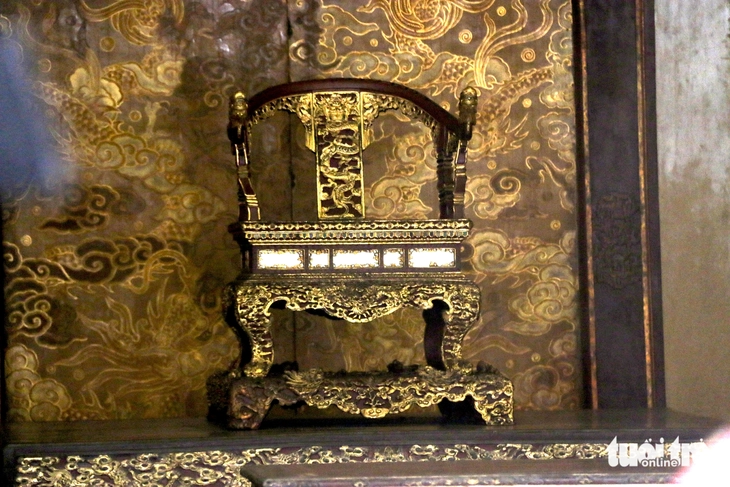
National treasure Nguyen Dynasty throne before being broken by visitors - Photo: NHAT LINH
The incident of a national treasure, the Nguyen Dynasty throne, being climbed over by a tourist, sitting on it, and then breaking it has shocked public opinion nationwide.
The incident has raised alarm bells about the management and protection of relics, heritage and treasures not only in Hue City but also nationwide. Notably, this issue has not only been mentioned recently.
In Hue alone, many national treasures have been and are being damaged by humans.
National treasure Nguyen Dynasty throne
The Nguyen Dynasty throne was recognized as a national treasure in 2015. The throne was a symbol of power for the last feudal dynasty of Vietnam, lasting more than 143 years.
This throne is made of wood, painted red and gilded.
The back of the throne is the highest part, consisting of a narrow rectangular wooden board about 18cm wide placed vertically; each side has two square-edged backrests. The wooden board is embossed with the theme "Long Ham Tho".
The surrounding border running along the armrests is carved with the theme "Leaves turning into bats". The armrests are curved, following the back of the chair to both sides to form two dragon heads.
The Nguyen Dynasty history books do not clearly state when this throne was made. However, there is a hypothesis that this precious throne was repaired by King Khai Dinh in 1923 when the court was preparing to celebrate the "40th anniversary" of the king.
Through many historical events, especially many wars, the throne's arms were damaged. According to the national treasure recognition records kept at the Hue Royal Antiquities Museum in 2015, the throne's joints were loose and open.
The gilded paintwork was covered in dirt. The decorative glass panels below the throne were damaged. The right armrest was broken and had been temporarily reinforced with steel wire. A section of the throne base was rotten and the gilded paint was peeling off.
On May 24, the armrest of the throne was broken into many pieces by Mr. Ho Van Phuong Tam - a visitor to Thai Hoa Palace - who climbed over the security fence, sat on it, and then broke it.
National treasure stone stele "Royal view of Thien Mu Pagoda"
The stone stele "Ngu kien Thien Mu Tu" currently located at Thien Mu Pagoda (Phu Xuan District, Hue City) was recognized as a national treasure in 2020.
The stele was erected by Lord Nguyen Phuc Chu in 1715.
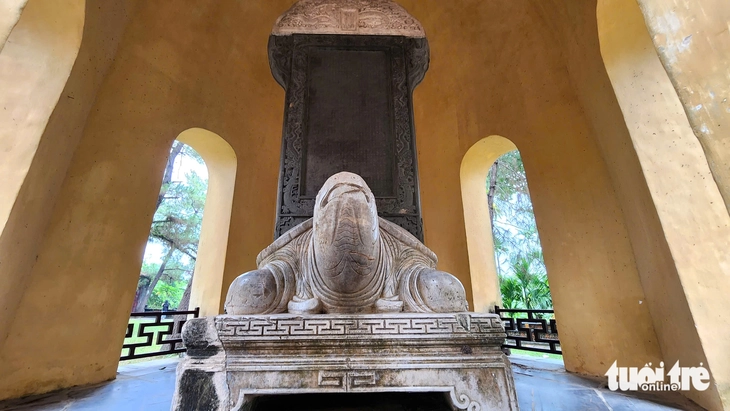
The stone stele "Royal View of Thien Mu Pagoda" was recognized as a national treasure in 2020 - Photo: NHAT LINH
The stele is 3.89m high, 1.68m wide, and 0.25m thick. The stele base is shaped like a turtle carrying a stele, 2.24m long, 1.65m wide, and 0.66m high. The stele base is 1.73m long and 0.52m high on each side. The stele is assembled from two large stone slabs, of two different types. The stele's forehead is made of white marble, embossed with the "long van" and "thuy ba" designs.
The upper center part is embossed horizontally with two Chinese characters: 御建 ( Ngự kiến ) and three Chinese characters: 天姥寺 ( Thiên Mụ Tự ) below vertically, in a vertical rectangular frame. Engraved on the two characters 天姥 ( Thiên Mụ ) is a seal with nine Chinese characters in seal script: 大越國阮主永鎮之寳 ( Dai Viet Quoc Nguyen Chua Vinh Tran Chi Bao).
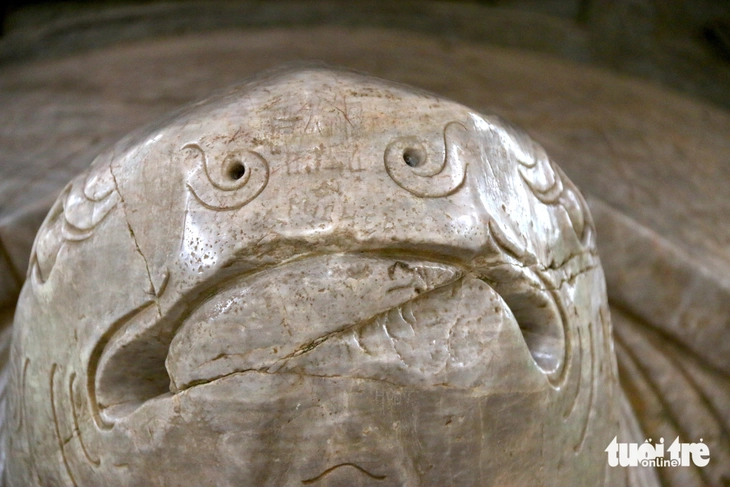
The turtle's head on the stele was carved with a sharp object by a visitor - Photo: NHAT LINH
The body of the stele is made of grey sandstone and is rectangular in shape. The inside of the stele is engraved with the inscription and epitaph of Lord Nguyen Phuc Chu, consisting of 1,250 Chinese characters. The base of the stele is shaped like a turtle carrying a stele.
The turtle is carved from a single block of granite, very vividly shaped, its head raised high, reaching out and its size is very large, harmoniously balanced with the height of the stele. The turtle's four legs are placed on a stone pedestal, carved gracefully as if swimming.
The Imperial Stele of Thien Mu Tu by Lord Nguyen Phuc Chu is a unique original artifact - one of the rare relics of the Nguyen Lords that is still almost intact, with many artistic values. This is a Vietnamese stone sculpture in the early 18th century with the largest size among the stone steles of the Nguyen Lords.
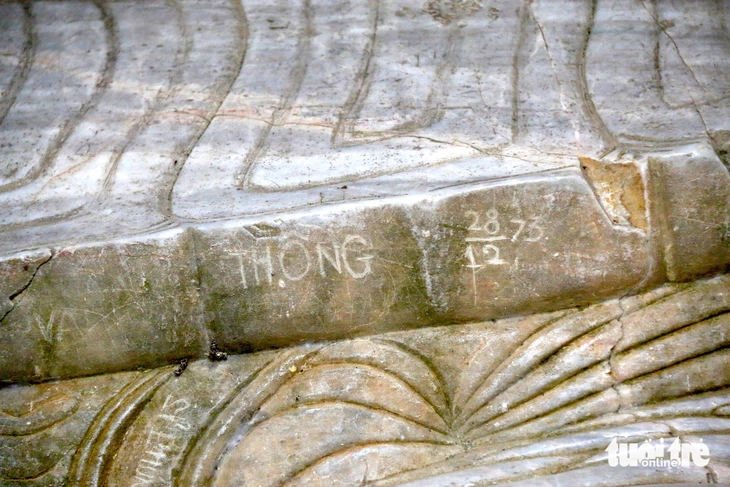
A visitor's engraving on the monolithic marble turtle part of the national treasure "Ngu kien Thien Mu Tu" - Photo: NHAT LINH
Although it is a national treasure, this stele has been seriously damaged. Many visitors to Thien Mu Pagoda have used sharp, hard objects to carve words directly onto the stele and the turtle. Many people have also used erasable pens to write their names on the national treasure stele.
Then, the old Thua Thien Hue province built a wooden fence about 60cm high in the stele house area to prevent tourists from getting too close to this treasure.
National treasure Great Bell of Thien Mu Pagoda
The Great Bell at Thien Mu Pagoda was recognized as a national treasure in 2013.
The bell is made of bronze, 240cm high, weighs nearly 2,000kg and was cast by Lord Nguyen Phuc Chu in 1710 as an offering to Thien Mu Pagoda.
According to the national treasure dossier, the bell has a balanced shape, the patterns and motifs on the bell body are carved delicately and sharply. The bell is considered a typical artifact, the pinnacle of bronze casting art during the Nguyen lords in Dang Trong.
After hundreds of years of existence, the bell is still very good, with no chemical corrosion.
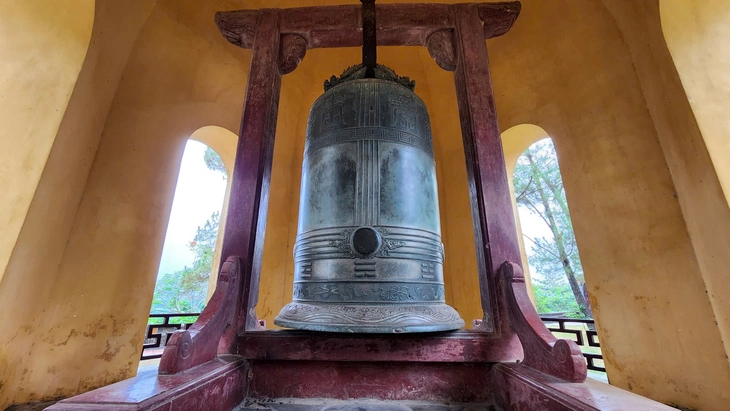
The great bell at Thien Mu Pagoda was recognized as a national treasure in 2013 - Photo: NHAT LINH
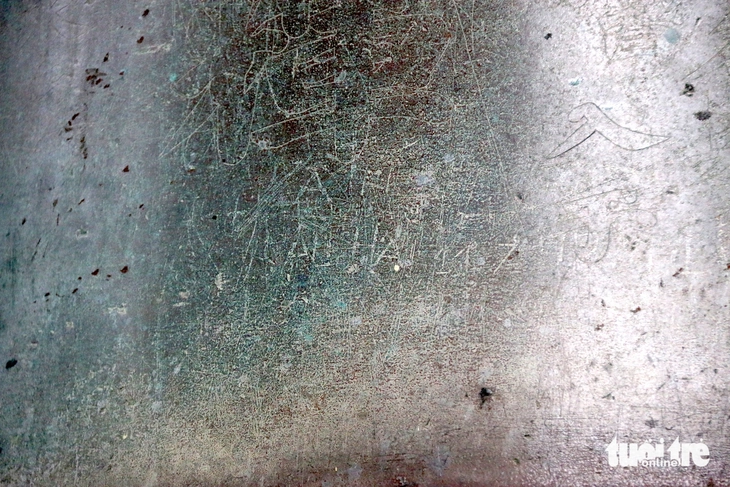
The body of the Great Bell was carved with sharp objects by tourists - Photo: NHAT LINH

The words written by tourists with erasers are still left on the bell's stand - Photo: NHAT LINH
However, the bell body has two holes above the Qian symbol. The bell mouth has a hole about 15cm long and 1.5cm wide. The letters and carvings on the bell body are severely corroded.
The cause of corrosion is mechanical erosion due to direct impact of visitors. There are many stains, writings, drawings in ink, pencil and paint on the bell.
Similar to the stele "Royal visit to Thien Mu Pagoda", the bell of Thien Mu Pagoda is preserved in a hexagonal house, with a wooden fence to limit people from getting too close to the bell.
National Treasure Nine Divine Cannons
The Nine Cannons are nine cannons, named by King Gia Long as the Nine Mighty Generals , cast in bronze from January 1803 to January 1804, under King Gia Long, and recognized as a national treasure in 2012.
The materials used to cast the guns were all the weapons the Nguyen Dynasty captured from the Tay Son army after King Gia Long ascended the throne and unified the country.
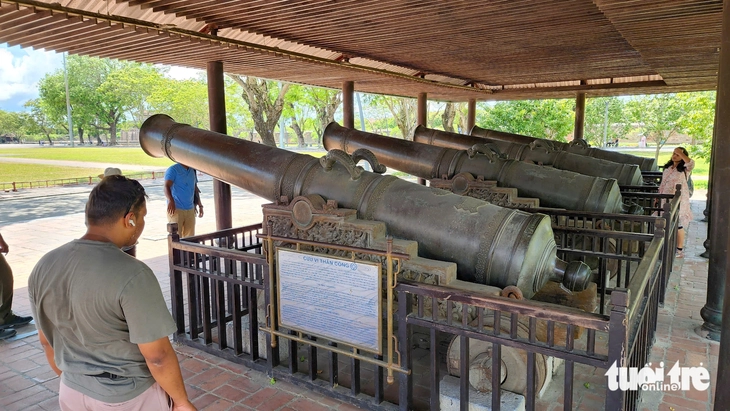
The national treasure Nine Divine Cannons is located in the H gate area.
The nine cannons were not cast for combat purposes and were never actually fired. These cannons symbolize the gods protecting the dynasty, and were used as sacrificial objects to decorate and display power to the capital and royal palace, adding to the majesty.
The 9 cannons are divided into 2 groups: The "Four Seasons" group includes 4 cannons Spring - Summer - Autumn - Winter and the "Five Elements" group includes 5 cannons Metal - Wood - Water - Fire - Earth. Each cannon has a different weight, the average weight of each cannon is 11,000kg.
The cannons are placed on a gun stand made of ironwood - also elaborately carved with dragon and cloud patterns. Each gun stand has 4 iron-covered wooden wheels for movement. The average weight of each gun stand is 900kg.
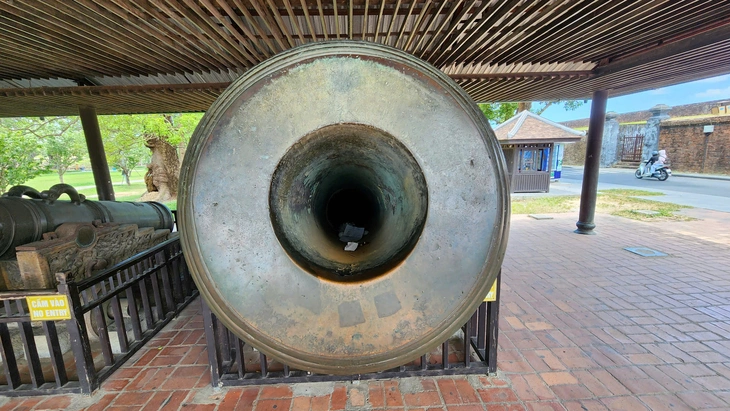
The national treasure cannon muzzle has become a trash dump for inconsiderate tourists - Photo: NHAT LINH
This is considered a masterpiece of sculpture, demonstrating the exquisite bronze casting skills of artisans under the Nguyen Dynasty. After hundreds of years with many historical ups and downs, these 9 cannons are still intact to this day.
Currently, the cannons are placed in two cannon houses right at Quang Duc gate and The Nhon gate, the two entrances to Hue Citadel.
Similar to other open-air treasures, the nine cannons are now protected by a wooden fence that prevents visitors from accessing them. However, many of the cannons’ barrels have become garbage chutes for unscrupulous visitors.
Source: https://tuoitre.vn/ngai-vang-trieu-nguyen-khong-phai-la-bao-vat-quoc-gia-dau-tien-bi-xam-hai-o-hue-20250528140534645.htm


![[Photo] A delegation of 100 journalists from the Vietnam Journalists Association visits the soldiers and people of Truong Sa island district.](https://vphoto.vietnam.vn/thumb/1200x675/vietnam/resource/IMAGE/2025/5/30/0984a986227d4e988177f560d2e1563e)

![[Photo] Journalists moved to tears at the Memorial Service for the soldiers who died in Gac Ma](https://vphoto.vietnam.vn/thumb/1200x675/vietnam/resource/IMAGE/2025/5/30/9454613a55c54c16bf8c0efa51883456)






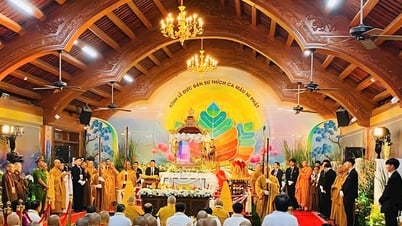













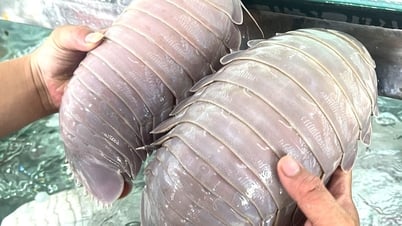

![[Photo] Prime Minister Pham Minh Chinh attends the event "Digital transformation of the banking industry by 2025"](https://vphoto.vietnam.vn/thumb/1200x675/vietnam/resource/IMAGE/2025/5/29/0e34cc7261d74e26b7f87cadff763eae)




































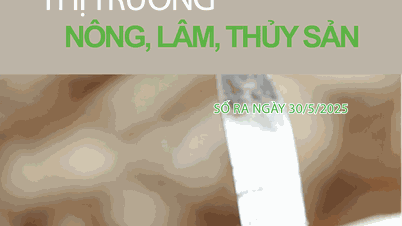

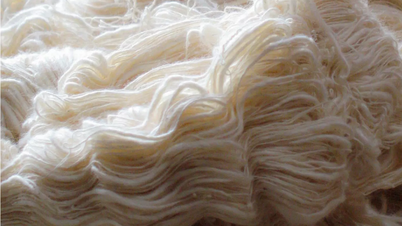

























Comment (0)